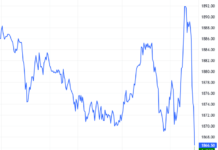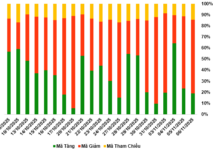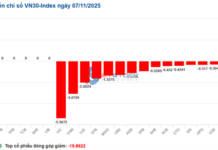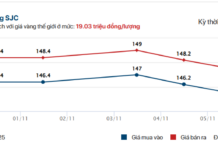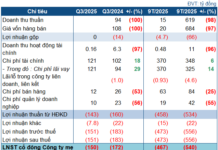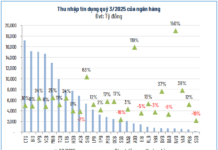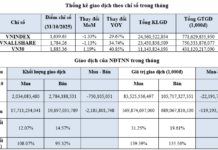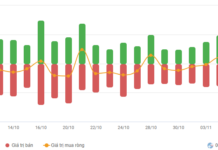Currently, Vietnam is the 3rd largest footwear manufacturer in the world, after China and India, and the second largest footwear exporter globally. In 2023, the export turnover of the footwear industry reached approximately 24 billion USD; in the first quarter of 2024, it reached 5.6 billion USD, a 10% increase compared to the same period last year.
Although the footwear industry has recovered in the first quarter of the year, it still faces many challenges. For example, the European Union market has imposed new requirements on ecological guarantees, traceability, and supply chain transparency since March 2024. If raw materials are imported from abroad, businesses must provide transparency throughout the entire production process.

The footwear industry is still facing many challenges – Illustrative photo: VnEconomy
Mr. Nguyen Duc Thuan, Chairman of the Vietnam Leather, Footwear and Handbag Association, said that one of the major difficulties for the footwear industry is the underdeveloped supporting industry for supplying raw materials. Currently, most of the raw materials for export production are imported from China, South Korea, and ASEAN countries.
According to Mr. Nguyen Duc Thuan, it is necessary to promote the development of the supply market for raw and auxiliary materials towards scale, standardization, and transparency. This will help businesses in the industry, especially small and medium-sized enterprises, to improve their dynamism and efficiency, and give them the opportunity to rise and participate in the industry’s supply chain.
“The most important thing now is to ensure that the upstream supply chain is timely and efficient. In the long run, the footwear industry needs a readily available supply chain within the domestic market, which will help to improve the upstream supply chain and raw materials in line with the industry’s development strategy and ensure competitiveness,” said Mr. Thuan.
In the coming time, the Ministry of Industry and Trade will continue to work closely with the Association and businesses in the footwear industry; actively coordinate with other ministries, sectors, and relevant agencies to promptly remove or provide advice to competent authorities to remove difficulties and obstacles for businesses in investment, production, trading, and import-export activities.
The Ministry of Industry and Trade is developing a Sustainable Development Program for the Textile and Footwear Industry and submitting it to the Prime Minister for approval to guide the sustainable and long-term development of the industry.

